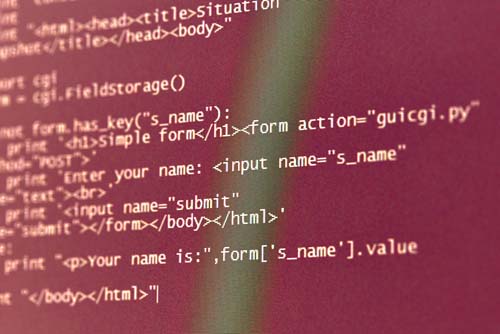pythonfor循环及用法
发布时间:2023-05-18 16:14:00
发布人:syq

在Python中,`for`循环用于遍历可迭代对象(如列表、字符串、元组等)中的元素,执行特定的代码块。以下是`for`循环的基本语法:
for item in iterable:# 执行的代码块
其中,`item`是循环变量,用于迭代访问可迭代对象中的每个元素。`iterable`是可迭代对象,可以是列表、字符串、元组等。
以下是一些常用的`for`循环用法示例:
1. **遍历列表**:遍历列表中的元素。
fruits = ['apple', 'banana', 'orange']
for fruit in fruits:
print(fruit)
# 输出:
# apple
# banana
# orange2. **遍历字符串**:遍历字符串中的每个字符。
name = 'John'
for char in name:
print(char)
# 输出:
# J
# o
# h
# n3. **遍历数字范围**:遍历指定范围内的数字。
for num in range(1, 5):
print(num)
# 输出:
# 1
# 2
# 3
# 44. **结合`break`和`continue`**:使用`break`语句中断循环或`continue`语句跳过当前迭代。
numbers = [1, 2, 3, 4, 5]
for num in numbers:
if num == 3:
break # 当 num 等于 3 时中断循环
if num == 2:
continue # 当 num 等于 2 时跳过当前迭代,进入下一次迭代
print(num)
# 输出:
# 1以上是一些基本的`for`循环用法示例,`for`循环在实际应用中非常灵活,可以与条件语句、嵌套循环等结合使用,以满足不同的需求。在编写循环时,根据具体的逻辑需求,合理使用循环变量和循环控制语句,以实现预期的迭代行为。











